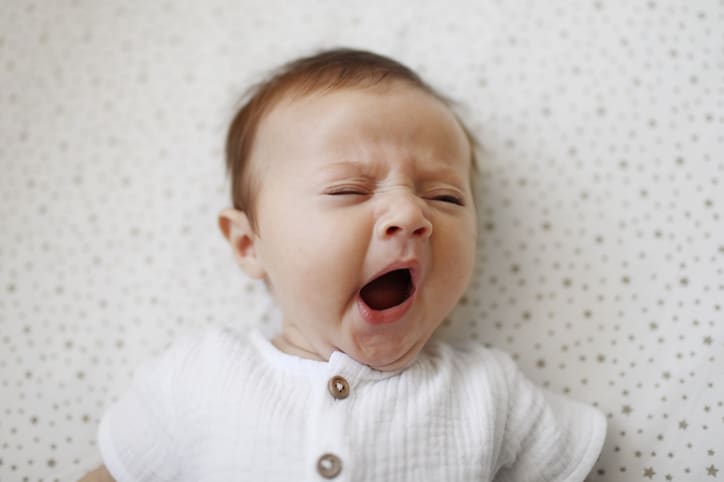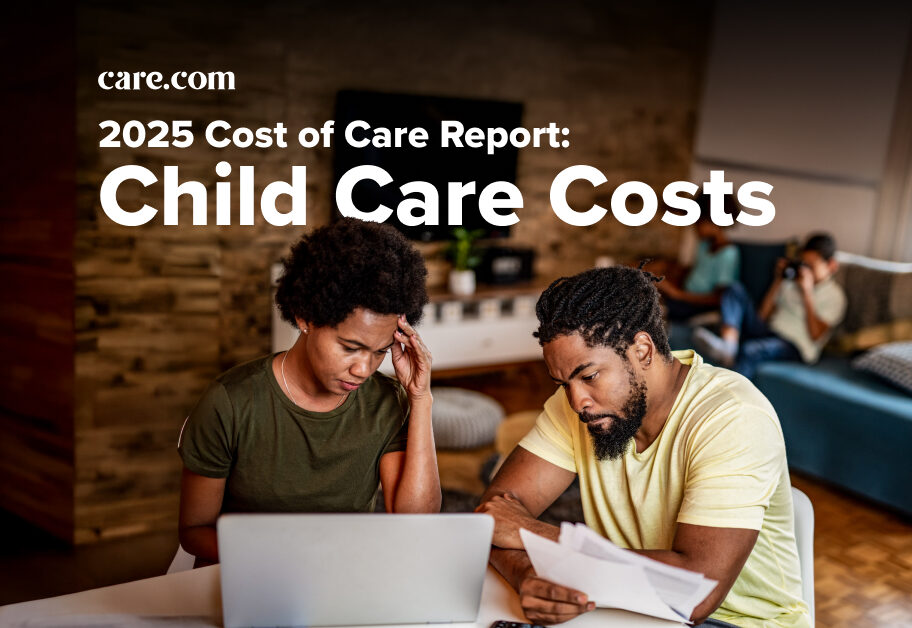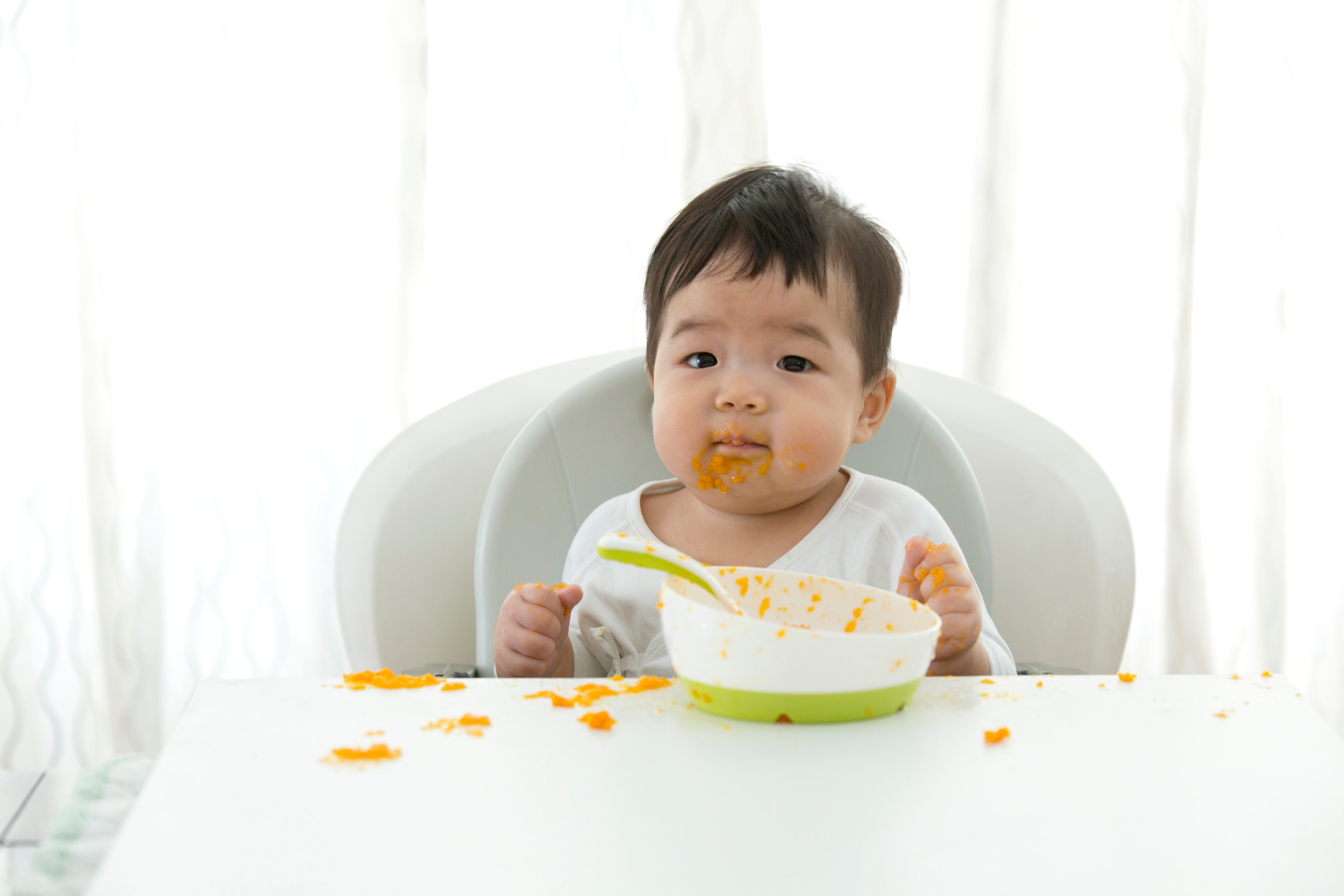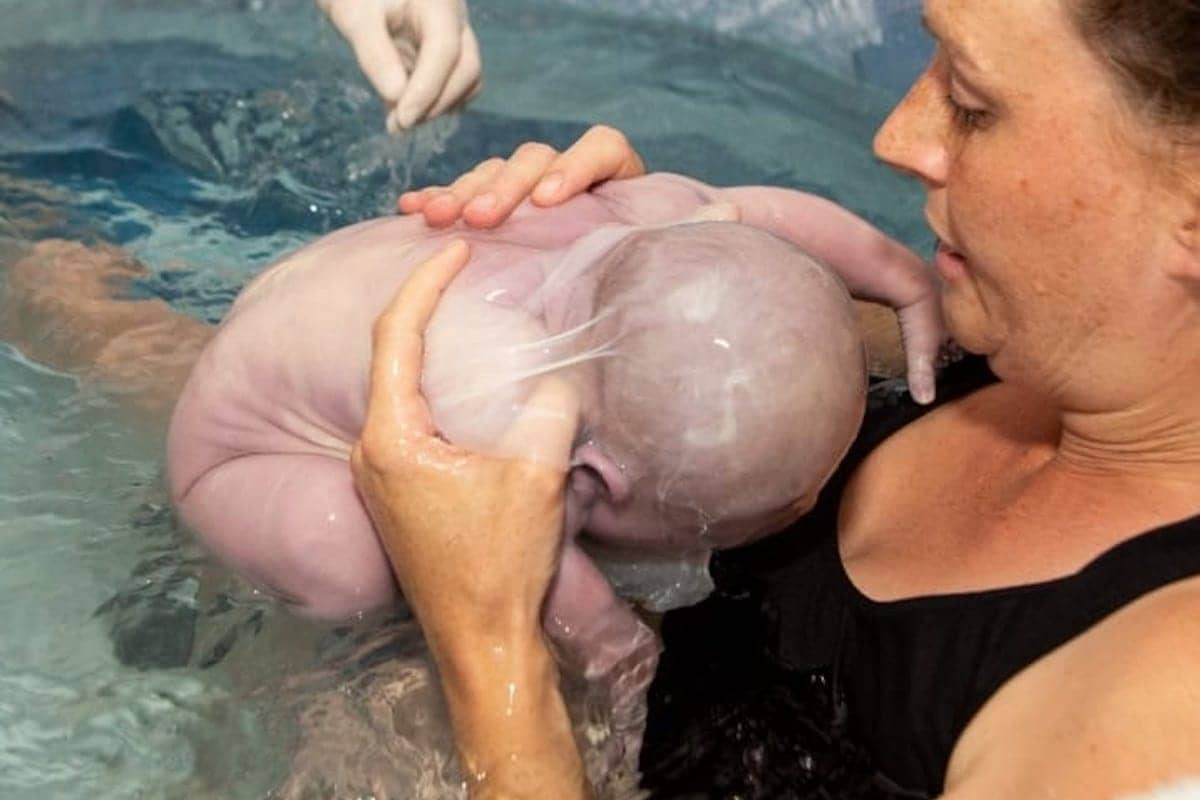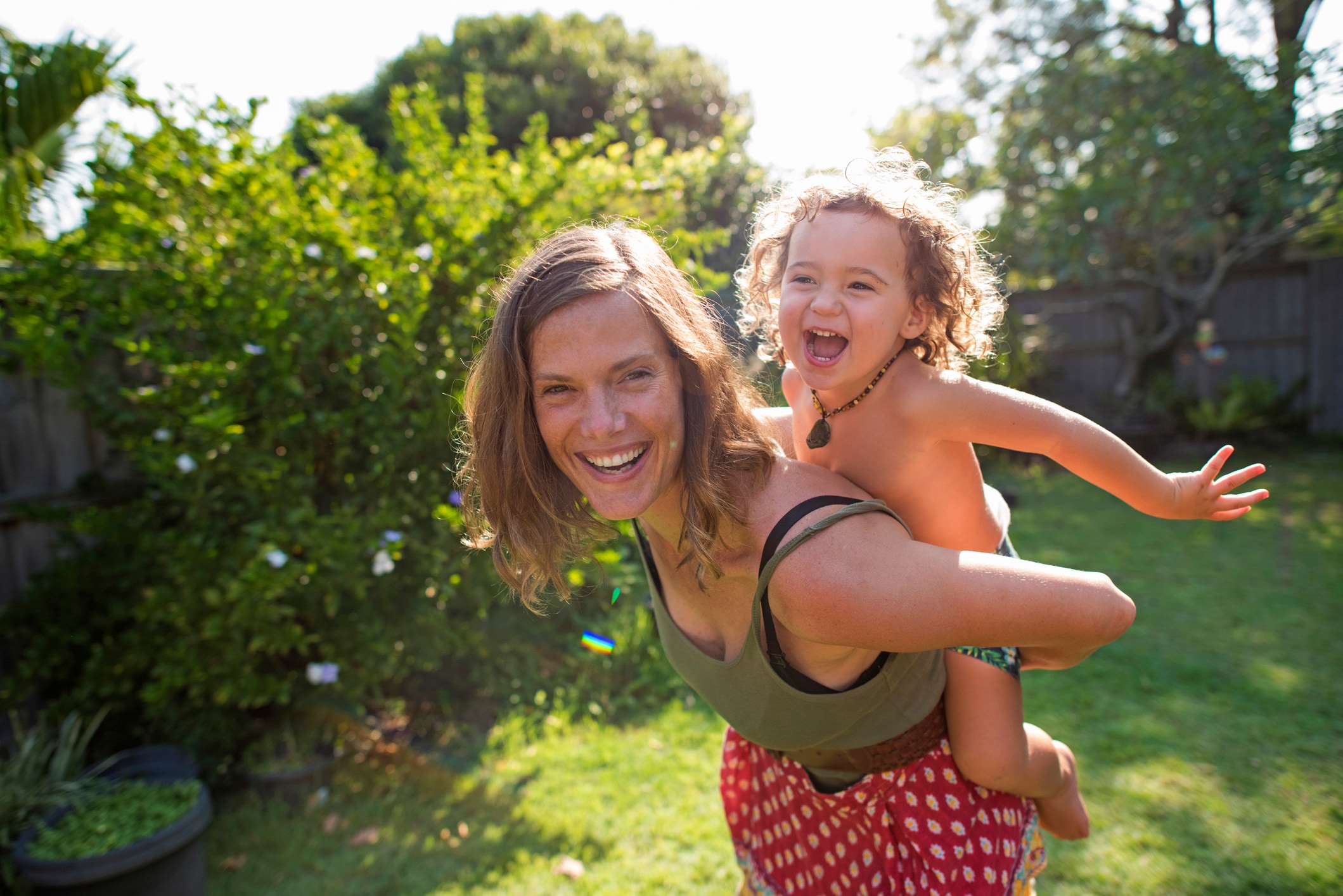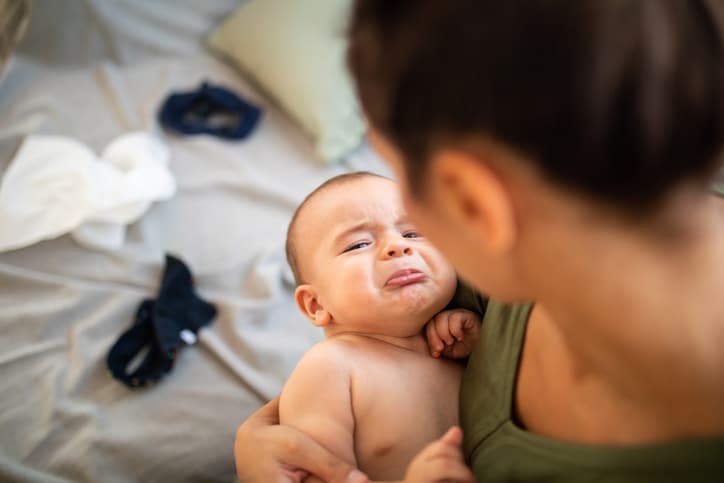When it comes to infant sleep safety, flat surfaces are in and weighted blankets are out, says the American Academy of Pediatrics (AAP). Those are just a few of several new recommendations the policymaking organization has put forth in their first update to safe infant sleep guidelines since 2016.
What are the newest safe infant sleep guidelines?
The new AAP sleep guidance will be published in July in the journal Pediatrics. The guidance includes several updates that address new sleep hazards and add clarity to the original standards most parents and caregivers are already familiar with. Here are some of the key recommendations to know:
- Put babies to sleep on their backs on flat surfaces only.
- Avoid all crib decor, including soft toys, pillows, bedding, sleep positioners and crib bumpers.
- Do not put babies to sleep in any product not specifically marketed for sleep.
- Do not put babies to sleep in sitting devices, such as car seats and strollers.
- Infants and caregivers should not share a bed.
- Do not use weighted swaddles, weighted clothing or weighted objects on or near sleeping babies.
- Avoid sleep-monitoring devices that claim to reduce the risk of Sudden Infant Death Syndrome (SIDS).
Why are safe sleep guidelines being updated?
The new sleep guidelines aim to address changing standards and research around infant sleep to prevent injuries and deaths.
Each year in the U.S., there are an estimated 3,500 sleep-related infant deaths, the AAP says. There are also persistent racial disparities in the numbers of babies who die in sleep-related incidents. Black and American Indian/Alaska Native infants experience sudden unexpected infant death (SUID) at more than double the rate of white infants.
“We’ve made great strides in learning what keeps infants safe during sleep but much work still needs to be done,” says Dr. Rachel Moon, the lead author of the AAP policy statement and technical report, in a press release.
What’s the problem with inclined sleepers?
Warnings about inclined sleepers feature prominently in the updated guidelines. This is in line with the Safe Sleep for Babies Act, a bill recently signed into law that outlaws the sale of crib bumpers and certain inclined sleepers, as well as new Consumer Product Safety Commission (CPSC) regulations that ban all products marketed for infant sleep that have more than a 10% incline.
The AAP website HealthyKids.org explains that inclined sleepers may allow babies to sleep at a 30-degree angle, which can restrict their airways. The CPSC reports that inclined sleep products have been linked to at least 73 infant deaths and more than 1,000 safety incidents.
Why is bed-sharing unsafe?
Bed-sharing may be more common among breastfeeding parents or due to certain cultural norms, the AAP says, but it also increases the risk of accidental injury or death for babies. According to the AAP, the risk of sleep-related infant death is up to 67 times higher when the baby is sleeping with someone on a couch, soft armchair or cushion. The risks associated with sleeping on the same surface as a caregiver also increase five to ten times when an infant is under 4 months old.
The AAP recommends that parents or caregivers sleep in the same room as the baby for at least the first six months of life but avoid sharing a bed.
What baby sleep products should you avoid?
In addition to warning against inclined sleepers and bed-sharing, the updated AAP policy statement also offers specific guidance on a variety of popular infant products.
- Home cardiorespiratory monitors and other devices that promise to reduce the risk of SIDS should be avoided because “the use of products claiming to increase sleep safety may provide a false sense of security and complacency for caregivers.”
- Weighted swaddles and clothing are not safe, and “there is no evidence to recommend swaddling as a strategy to reduce the risk of SIDS.”
- Any infant sleep product must meet existing federal safety standards for cribs, bassinets, play yards and bedside sleepers.
The bottom line on safe infant sleep
“If we’ve learned anything, it’s that simple is best,” Dr. Moon adds in the AAP press release. “Babies should always sleep in a crib or bassinet, on their back, without soft toys, pillows, blankets or other bedding.”
Most importantly, you should consult your child’s pediatrician whenever you have questions about your baby’s sleep schedule or the safety of specific infant sleep products.
